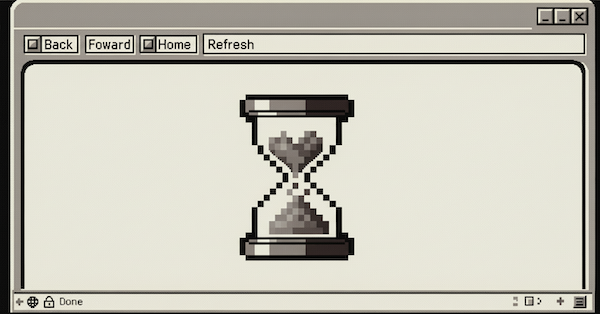
Iteration loves to masquerade as innovation.
It's easy to think the updates your team is making to the core product are innovation. They may be innovative, but they're not going to change how you do business, who you serve, or how you make money. They can't, because in almost every situation you still need to do business, serve customers, and make money today - and your engineers know that (consciously or otherwise).
The only way to truly innovate is risk. And unfortunately, internal software development and product teams are rarely equipped to handle risk.
From a human perspective, that makes sense. These are the people maintaining and improving your core product. They're inherently biased and influenced by the status quo, so making a big bet on a crazy new feature or even new product altogether is always going to be rooted in iteration, not innovation.
The same is true from the business side. It rarely makes sense to pull the resources that are supporting current customers in effort to acquire new ones, especially when the new idea they're exploring isn't guaranteed - it's risky.
Why do you think some of the world's most successful companies have innovation labs and incubators that operate independently from core teams? It's because they know that true innovation requires short-term sacrifice for long-term gain, best accomplished by divergent thinking that isn't influenced heavily by current practices and standards.
But, as you know, most companies can't afford dedicated innovation labs to design, develop, and test all the new ideas that show promise. So, most of the time they get placed on a shelf, unexplored. And that's too bad, because innovation is a requirement for growth. If your company isn't innovating, you're just slowly dying.
That's why many organizations partner with The Gnar. They want to innovate with new software but need to buy down risk effectively. We bring high upside potential by designing and developing your new ideas, while drawing on our hundreds of successful product launches to give it the best chance for success. At the same time, our partnership reduces risk by letting your full-time team focus on the core software that's driving business today. Ideally, after we have a fully-fledged version, we hand off to that core team and start thinking about the next idea.
It's not that internal teams can't innovate. It's that in almost every situation that isn't the best way to set the business up for success tomorrow while continuing to compete today.
We love talking with new people about their ideas (and we're straight shooters, we'll let you know if we're not a great fit). Give us a shout if you want to start innovating.



